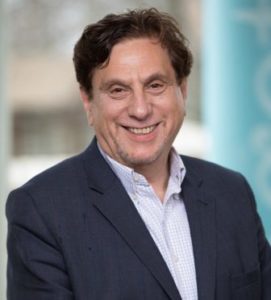
Most schools around the country are still scrambling to get into this school year. States and local districts are continuously updating their decisions — a trend that we’ll see throughout the academic year. That creates an enormous uncertainty not only for schools but also for the out-of-school time field.
In previous pieces, I have discussed the difficulties that teachers face in re-engaging students to successfully transition back to in-person, virtual or hybrid learning. Although it is understandable to focus resources on the formal education system, the out-of-school time (OST) field had been entirely neglected.
In many areas of the country, youth clubs, sports, performing and creative arts programs came to a screeching halt at the same time as school buildings closed. This meant that students in general not only experienced isolation and limited interactions with teachers and classmates but often were robbed of the all-important socializing and learning experiences in extended education settings.
This trend was echoed worldwide. Researchers, practitioners and policymakers from many other countries have told me, as the co-chair of the Extended Education International Research Network of the World Education Research Association, that after-school learning is currently receiving little attention. That is a serious mistake.
Read the Full Op-Ed
Gil Noam, Ed.D. is the founder and director of The PEAR Institute: Partnerships in Education and Resilience and an associate professor at Harvard Medical School focusing on prevention and resilience. He has published over 200 papers, articles, and books in the areas of child and adolescent development as well as risk and resiliency in clinical, school, and afterschool settings. He also served as the editor-in-chief of the journal New Directions for Youth Development: Theory, Practice and Research with a strong focus on out-of-school time.